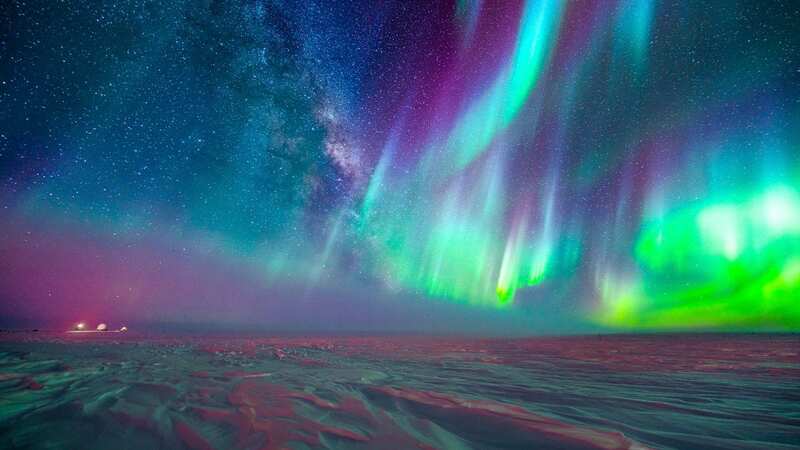UK Northern Lights may be brighter than ever this year as sun hits solar maximum

The UK could see more Northern Lights than usual in 2024 as the sun is set to its solar maximum this year.
The Met Office have said that solar maximum is in sight, causing increased sun activity and possibly leading to more sightings of the Northern Lights this year. Solar maximum is where the sun hits the highest point of its 11-year cycle.
Over this period, more sunspots appear and activity is heightened, leading to a potential increase in phenomena like the Northern Lights. The last solar maximum took place in 2014, and was among the weakest on record. But, as activity in the Sun could peak, it could cause more this year.
The Northern Lights are “chiefly influenced by geomagnetic storms”, which comes under the umbrella of space weather and this could spike with an increase in sun activity during the Solar maximum. However, the Met Office said that even with the increase in sun activity, it didn't necessarily guarantee more Northern Lights, or them being visible further south in the UK.
However, whilst space weather can cause enjoyable and memorable experiences like the Northern Lights, they can also create more severe events. In a blog, the Met Office outlines these, saying: “the most severe of these events also have the potential to cause radio blackouts, disrupt GPS systems and interact with some ground-based infrastructure on Earth.”
 Gales, snow and rain to batter country today with 80mph wind gusts
Gales, snow and rain to batter country today with 80mph wind gusts
There have already been a number of sightings of the aurora borealis this winter, and predicting space weather ahead is incredibly difficult. Not only are our weather boffins trying to study the Sun 93 million miles away but they’re trying to keep abreast of sunspot activity and more.
Despite this, whilst specifics may be difficult, the Sun has a natural rhythm called the solar cycle - which correlates to varying levels of activity. Met Office Space Weather Manager Simon Machin explained: “While the solar cycle doesn’t help determine specific space weather events, what it does is help our forecasters understand the context of their forecasts.
“In its simplest terms, the solar cycle is linked to the number and intensity of sunspots that are visible on the surface of the Sun. This affects the likelihood of space weather events impacting the Earth.”
Back in 2019, the Sun’s activity was at its lowest ebb in the cycle, specifically in December. But Mr Machin explained one peculiar phenomena about Solar maximum. He added: “One of the curious things about the solar maximum is that it’s not possible to declare it has occurred until after it has happened and when you observe that reduction in sunspot activity.
“We know that the solar maximum increases the chances of space weather events impacting the Earth, but even as you move away from it as get through 2024 into 2025 and beyond, the Sun will continue to emit solar flares and geomagnetic storms. This means that further auroral displays are likely, as well as an ongoing chance of potentially impactful space weather events, even as we move towards the next solar minimum.”
So whilst there’s a chance Solar maximum could see more Northern Lights, the phenomena will continue throughout the sun’s entire cycle.
Read more similar news:
Comments:
comments powered by Disqus

































